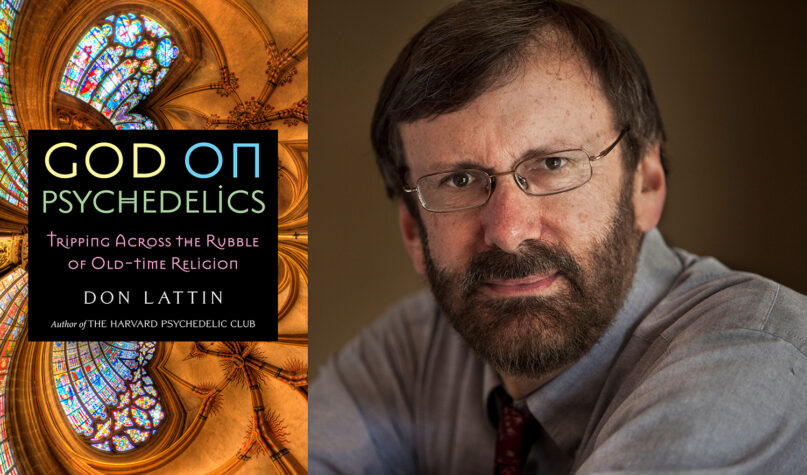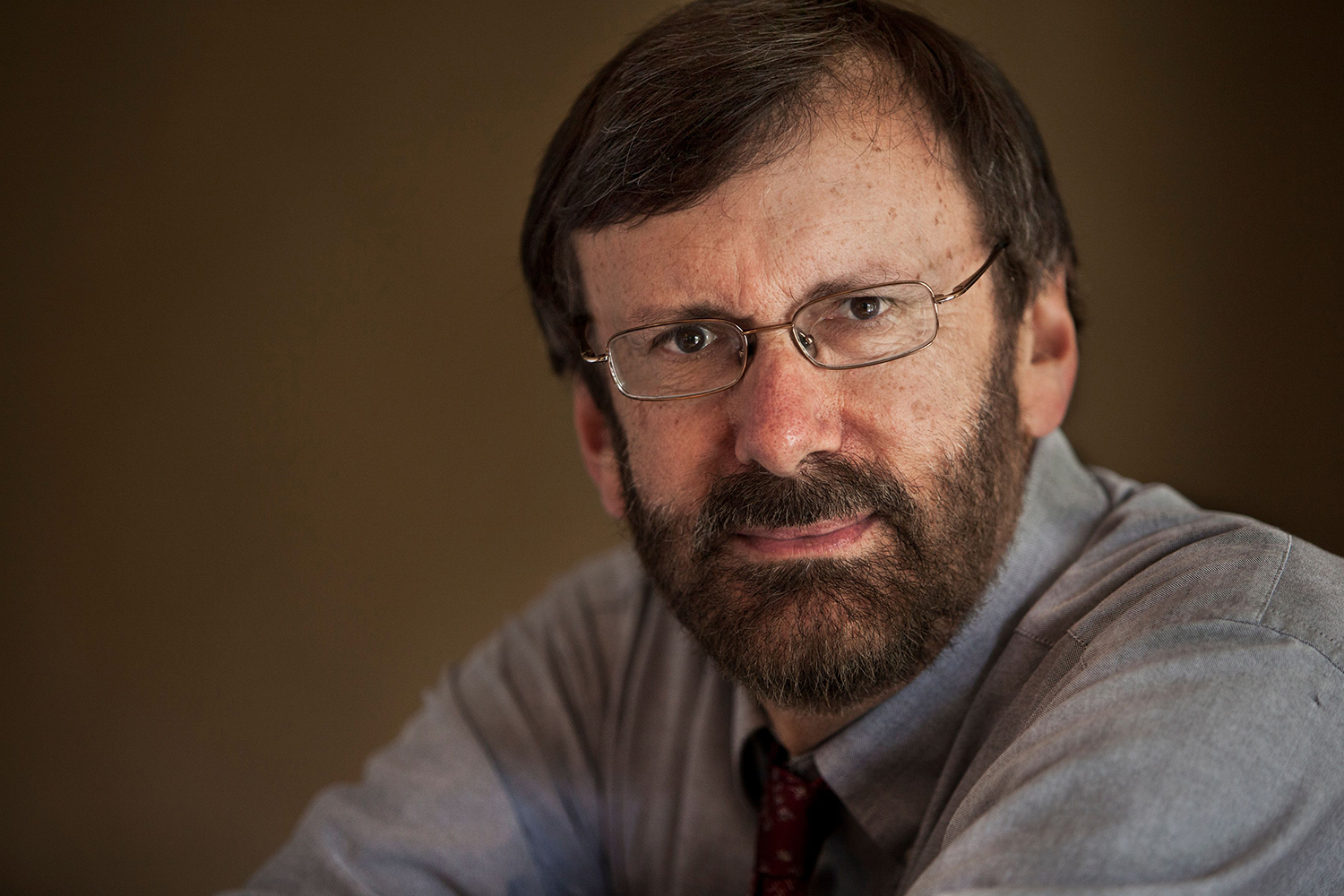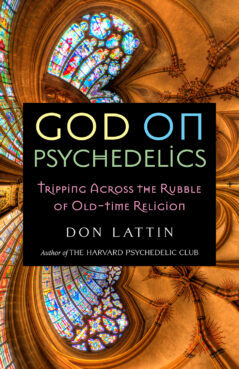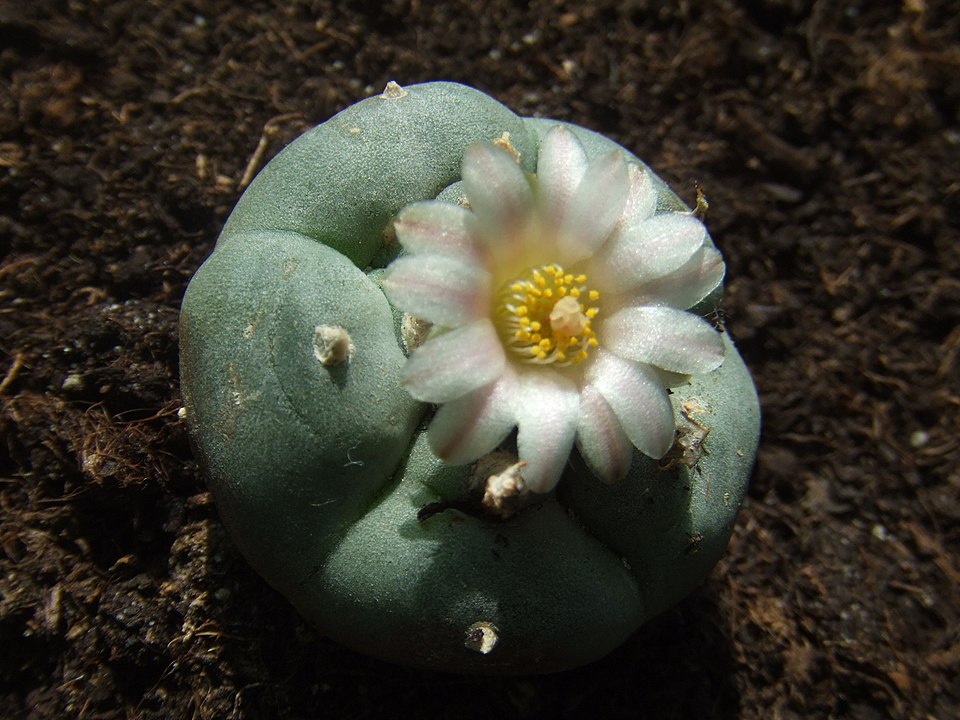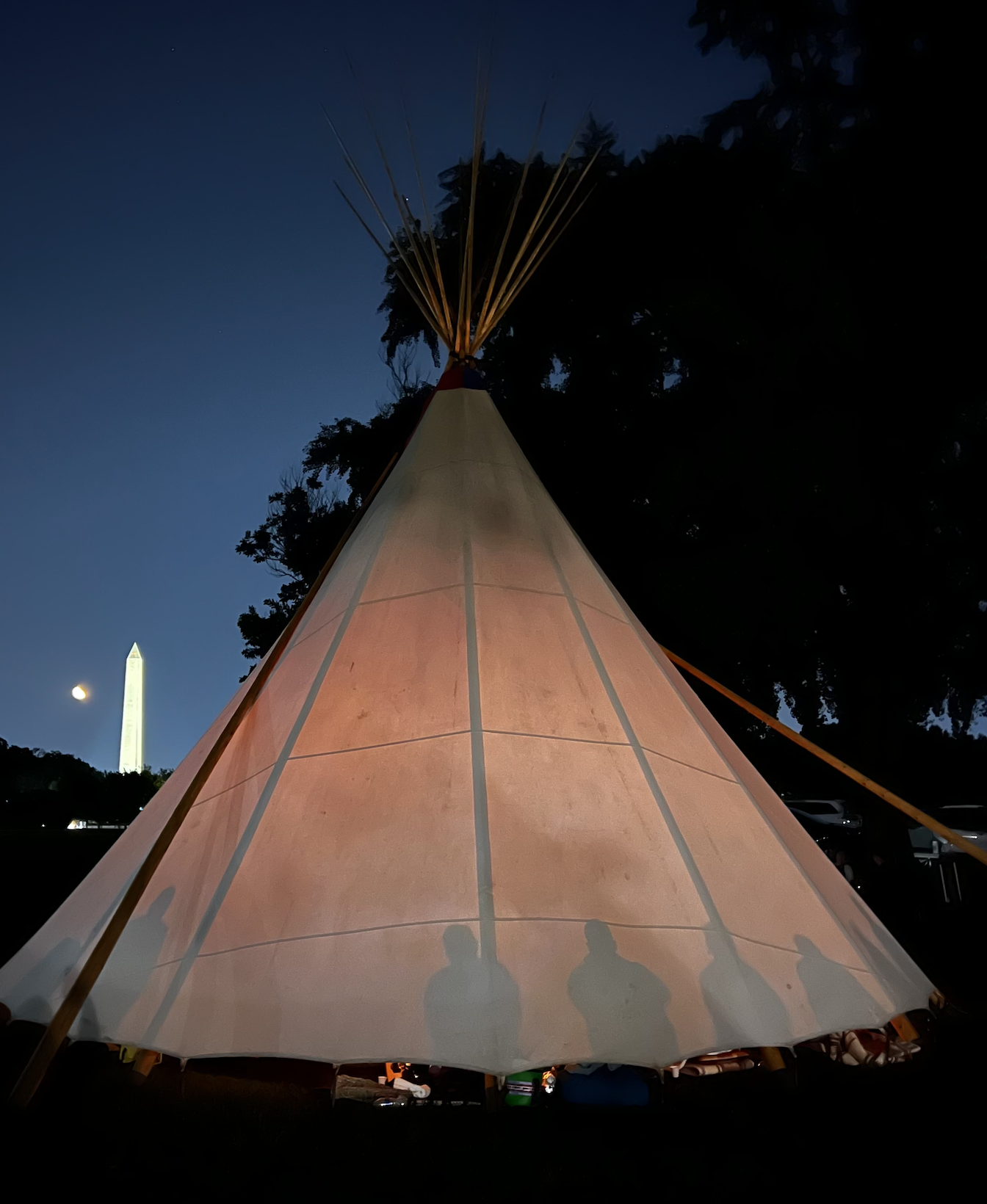Author of the article: Anna Junker
Publishing date:Oct 15, 2022 •

Psychedelic therapy professionals warn new regulations set to roll out next year in Alberta could limit access and add hurdles for patients
Nick Kadysh, board chairman of Psychedelics Canada, a trade association for the legal, medicinal and for-profit segment of the psychedelics industry, said while it’s a good sign the province is making regulatory decisions, they lean heavily on the use of psychiatrists.
“Any clinic has to have a psychiatrist responsible,” he said in a recent interview with Postmedia. “Any patient has to talk to a psychiatrist before getting access to these therapies and we just know that there is an incredibly long wait time for psychiatry services in Alberta. So it becomes a patient access issue.”
The Alberta government announced the new rules on Oct. 5 for psychedelics such as psilocybin, psilocin, MDMA, LSD, mescaline (peyote), DMT, 5 methoxy DMT, and ketamine. The province says they are meant to provide safeguards and medical oversight, coming into effect next January.
While some clinical trials have shown promising results for the use of psychedelics as a treatment for mental health conditions, the drugs are illegal in Canada. However, health practitioners and researchers can apply for permission from Health Canada to use psychedelics in research or for therapeutic use in special circumstances. The same rules still apply in Alberta under the new regulations.
The provincial rules differ based on the level of risk involved. With few exceptions, clinics offering psychedelic-assisted treatment must be licensed and have the medical oversight of a psychiatrist.
With only psychiatrists providing oversight and not other professionals like anesthesiologists, neurologists, and general practitioners, access could be limited, said Liam Bedard, coordinator of Psychedelics Canada.
“There are a number of qualified practitioners that can oversee these therapies and by mandating that only psychiatrists can manage them, it’s creating bottlenecks in accessing these potentially very valuable therapeutic tools,” he said.
In a statement, Alberta mental health and addictions spokesman Eric Engler said the regulation does not limit the prescription of psychedelic drugs to only psychiatrists. Others can prescribe them, after and with ongoing consultation with a psychiatrist.
“A psychiatrist is required to oversee services for psychedelic-assisted psychotherapy, as they are the most highly trained and experienced regulated health professionals in the diagnosis and treatment of psychiatric disorders,” Engler said.
“Alberta is setting a deliberately high bar to protect patients, since the evidence for use of these drugs in the treatment of psychiatric disorder is still emerging and not without risk.”
At SABI Mind, intramuscular injections of ketamine are used to treat people for mental health conditions like trauma, depression, or chronic pain conditions, said Philippe Lucas, president and CEO of the psychedelic-assisted psychotherapy clinic group that has a location opening in Edmonton in November.
The new regulations do not apply to all uses of ketamine, since it is approved for use outside of psychedelic-assisted therapy, such as an anesthetic for pain management.
SABI Mind also has an in-house psychiatrist and therefore won’t be severely affected by the new regulations. However, Lucas said it can currently take between six and 18 months for a patient with a referral to see a psychiatrist in Alberta, a problem paired with the fact that only a handful in the province would be comfortable considering psychedelics as a treatment option.
“When we’re talking about hundreds, if not thousands, of patients needing to now line up to see one of those 10 or 12 psychiatrists that are willing to prescribe or consider psychedelic-assisted psychotherapy, you can see how this will inevitably create bottlenecks,” Lucas said.
Leah Mayo, the Parker Psychedelic Research Chair at the University of Calgary, said the regulations are like “putting the cart before the horse” since the field is still evolving with research still being done on who can be treated, the frequency of treatment, and dosing.
“While it’s good to kind of advance the field and increase access to these compounds, I still think we’re so early on that I mean, we don’t even know what populations should be getting these medications,” she said.
Dr. Robert Tanguay, a psychiatrist specializing in addiction medicine and vice-president of the Newly Institute, a network of medically-assisted psychotherapy clinics, attended the province’s announcement of the new rules on Oct. 5. He said they protect individuals from unregulated individuals providing non-evidenced-based treatment.
“I think at the end of the day, it moves us forward and increasing the amount of access and putting structure behind what we’re supposed to be doing, and most importantly, protecting those individuals who are under the influence while in treatment,” Tanguay said.
In a statement at the time of the announcement, the College of Physicians and Surgeons of Alberta supported innovative approaches to health care and noted protecting the public while guiding regulated members remains a focus to ensure safe, high-quality innovation.
Despite criticisms, the Alberta government is credited for trying to get ahead of the curve.
“I think that they are trying to get ahead of the eight-ball and trying to design regulations for these therapies as they progress, which is great. That’s actually very, very forward-thinking,” Kadysh said.
RECOMMENDED FROM EDITORIAL
Alberta to offer high potency opioids in clinics
Edmonton professor aims to treat mental illness with psychadelics through new company
New Alberta opioid program could increase barriers and harm, health professionals say
“We definitely need to watch the risks of diversion, it's very important to reduce diversion. But there's also a duty to ensure that our clients don't have any harm come their way and get destabilized.”
Author of the article: Anna Junker

Health-care professionals say new provincial regulations for high-potency opioids may increase barriers and harm to patients seeking treatment.
On Oct. 5, the Alberta government announced the narcotics transition services program where opioids such as hydromorphone, diacetylmorphine (heroin) and fentanyl are offered at licensed opioid dependency program (ODP) clinics run by Alberta Health Services.
The changes mean community health professionals can no longer prescribe and pharmacists will no longer be able to dispense high-potency opioids for treatment. Patients must instead be referred to the ODP clinics by a health-care professional or self-refer.
While the goal is to transition the patient to opioid agonist therapy medication, like suboxone, and provide access to other wraparound supports, a patient cannot be discharged from the program if they are unable to make the transition
The province estimates fewer than 350 people in Alberta are currently prescribed high-potency opioids for severe addiction and will be affected by the changes.
Elaine Hyshka, associate professor at the University of Alberta’s School of Public Health, said that means 350 people who are getting treatment and likely doing well will now be abruptly forced to alter their lives.
“You have to change to a new clinic, where you’re going to have to go likely multiple times per day to get your dose and structure your whole life around that new routine,” she said. “And best of luck to you that you continue to be stable and in your recovery. That to me is really fundamentally unfair to those patients.”
Dr. Monty Ghosh, an internist and addiction specialist at the U of A, echoed concerns that clients will have to travel to a brick-and-mortar facility, as opposed to a pharmacy or have a take-home option.
“That would pose a barrier for numerous individuals if they have cognitive concerns, behavioural concerns, developmental delay,” he said. “Having to come three times a day might be problematic for individuals.”
The new program is only for the most severe cases of opioid addiction and is an extremely specialized service, said Eric Engler, spokesman for the mental health and addictions ministry, in a statement.
“The medications that may be provided as part of this program can be extremely dangerous, especially if they are diverted into the community,” Engler said. “This service will only be provided to those with the most severe cases of opioid addiction, in a supervised setting, with no opportunity for diversion of dangerous opioids to the community. The risk of these drugs being diverted is simply too high to offer this service in any other way.
But Hyshka said it’s “very problematic” that the province is “cracking down” on prescribing high-potency opioids when there isn’t a lot of evidence it is causing problems.
Out of the 884 drug poisoning deaths recorded between January and July this year, 20 were from pharmaceutical opioids.
Diversion is still a real concern, Ghosh said. But the crux of the issue is the risks of diversion need to be weighed with the risk of harms associated with destabilization that the new rules may cause.
“We definitely need to watch the risks of diversion, it’s very important to reduce diversion. But there’s also a duty to ensure that our clients don’t have any harm come their way and get destabilized.”
Individuals who treat chronic pain with pharmaceutical opioids are an example of providing take-home high-potency drugs without concerns of diversion, Ghosh said. (Chronic pain patients are not affected by the new regulations.)
“There are some substance users who are more or less the same as well,” he said. “So where does this land for them? And does this create a system of more stigma for these individuals?”
Dr. Ginetta Salvalaggio, an associate professor with the U of A’s department of family medicine, said continuity and relationships help people stay on their medications long term.
“What we’re doing here is a very top-down approach, sending people to people they don’t know,” she said. “This is not the sort of program that would be designed by people who use drugs.”
Engler said clients are encouraged to maintain relations with their existing care team, and the new standards require AHS to take steps to maintain those connections, too.
There are some positives to the program. Hyshka said clinics providing diacetylmorphine is an addition that has not been offered before in Alberta.
For Ghosh, one of the positives is increased access to high-potency opioids, not just in Edmonton and Calgary, but across the provincial health zones.
“In addition to this, there’s a strong emphasis on providing wraparound services for clients,” he said. “So making sure they get access to other wellness supports to support their housing, their income support, their mental health issues. These are all being provided as part of the service, which is fantastic news.”
The framework also includes a process to protect individuals who can’t transition off the high-potency opioids to more stabilized versions like suboxone.
“That’s really helpful and it really moves us in the right direction and it provides an outlet in some respects for safe supply,” Ghosh said.
RECOMMENDED FROM EDITORIAL
